Embarking on a journey to master the art of skateboarding can be both exhilarating and intimidating, especially for those who are new to the world of wheels and tricks. As a beginner, it’s natural to wonder if you can learn skateboarding on your own, or if seeking guidance from experienced riders would be more beneficial. With the abundance of skateboarding videos available online, it’s easy to get overwhelmed by the sheer amount of information and tutorials out there. However, with the right approach and mindset, anyone can learn to skate and progress at their own pace.
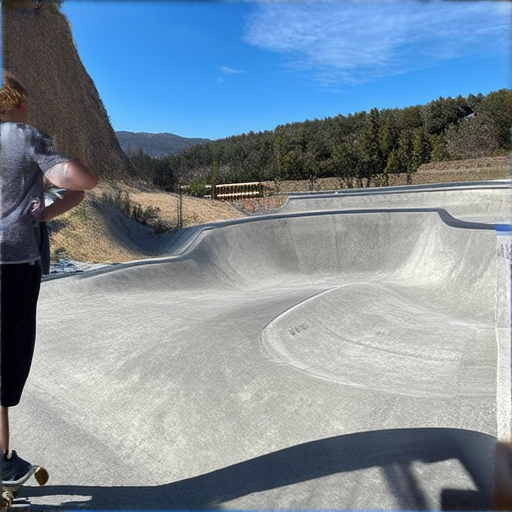
Can I Learn Skateboarding on My Own?
While it may seem daunting to learn skateboarding without guidance, many skaters have successfully taught themselves the basics and beyond.
- Dedication and Patience
- Start with the Basics: Mastering balance, pushing, and stopping are essential skills to develop before moving on to more complex tricks.
- Practice Regularly: Consistency is key when it comes to improving your skateboarding skills.
- Watch and Learn from Others: Observe how experienced skaters perform tricks and try to mimic their movements.
- Join Online Communities: Connect with fellow skaters through online forums and social media groups to share tips and advice.
Benefits of Self-Taught Skateboarding
Learning skateboarding on your own can be beneficial in several ways:
- Flexibility: You can practice whenever and wherever you want, without relying on a schedule or instructor.
- Cost-Effective: No need to pay for lessons or equipment rentals.
- Personalized Learning: You can focus on the skills and tricks that interest you most.
- Improved Confidence: As you progress and master new skills, you’ll feel more confident and motivated to continue learning.
Tips for Successful Self-Taught Skateboarding
To maximize your chances of success, keep the following tips in mind:
- Set Realistic Goals: Break down larger goals into smaller, achievable milestones.
- Stay Safe: Wear protective gear, skate within your ability level, and be aware of your surroundings.
- Seek Inspiration: Watch videos, read tutorials, and connect with other skaters to stay motivated and inspired.
- Be Patient: Learning skateboarding takes time, effort, and perseverance – don’t get discouraged by setbacks or plateaus.
With persistence, patience, and practice, you can become a skilled skateboarder, even without formal instruction.
How to Start Skateboarding for Beginners
As a beginner, starting to skate can seem intimidating, but with the right approach, you’ll be carving up the streets in no time.
-
Choose the Right Skateboard
-
Wear Protective Gear
-
Find a Safe Location to Practice
-
Learn Basic Skills
A well-suited skateboard is essential for a comfortable and enjoyable skating experience. Consider factors such as the width, length, and type of board, as well as the trucks and wheels.
Protective gear is crucial for preventing injuries. Invest in a helmet, knee pads, elbow pads, and wrist guards to ensure a safe and fun experience.
Finding a flat, smooth surface, such as a skate park or empty parking lot, is vital for practicing and perfecting your skills.
- Pushing Off: Learn how to push off with one foot and glide on the other.
- Balancing: Master the art of balancing on the board, focusing on your center of gravity.
- Turning: Understand how to turn by shifting your weight and applying pressure to the trucks.
- Stopping: Learn how to stop safely using the tail of the board or by applying gentle pressure to the brakes.
Watch Instructional Videos or Take Lessons
Watching experienced skaters or taking lessons from a professional coach can significantly enhance your learning process and help you progress faster.
Stay Motivated and Patient
Skateboarding takes time and effort to master. Stay motivated by setting achievable goals, tracking your progress, and celebrating small victories along the way.
At Kickflip Boards, we’re committed to helping you become a skilled skateboarder. Visit our website for more information on skateboarding techniques, gear recommendations, and the latest trends in skate culture.
For more information on choosing the right skateboard, check out our article on Kickflip Boards.
Additionally, consider checking out other reputable brands, such as Madd Gear, which offer high-quality skateboarding equipment and accessories.
Remember to always wear protective gear and stay safe while skateboarding. Happy shredding!
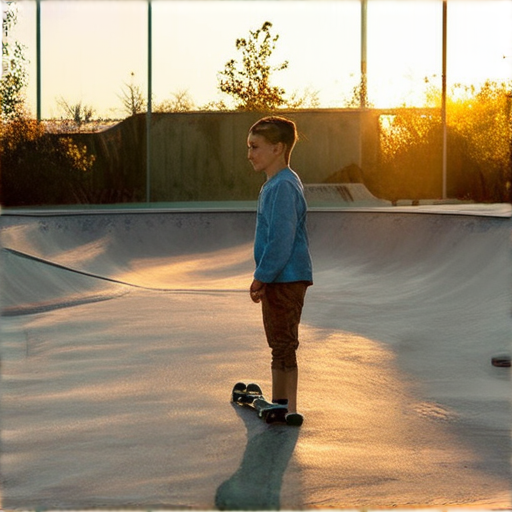
How to Skate for Beginners Step by Step
Learning to skate takes patience, practice, and dedication, but with these simple steps, you’ll be gliding like a pro in no time.
-
Step 1: Get Familiar with Your Skates
Get comfortable wearing your skates and learn how to lace them properly. Make sure they fit snugly and aren’t too tight or too loose.
-
Step 2: Find a Safe Place to Practice
Look for a flat, smooth surface like a skating rink, basketball court, or empty parking lot. Avoid rough or uneven surfaces that could cause you to trip or fall.
-
Step 3: Learn to Stand and Balance
Stand with your feet shoulder-width apart, toes pointing slightly outward. Keep your knees bent and weight centered over your skates. Practice standing still and shifting your weight from one foot to the other.
-
Step 4: Push Off and Glide
Find a gentle slope or incline to push off from. Use one foot to push off and start gliding. Keep your knees bent and weight centered over your skates. As you gain speed, try to shift your weight onto your heels and glide smoothly.
-
Step 5: Stop Safely
To stop, dig one edge of your skate into the ground and use the other foot to brake. Practice stopping and starting in a safe area before moving on to more challenging terrain.
-
Step 6: Practice Turning and Stopping
Once you’re comfortable gliding, try turning by shifting your weight onto one foot and using the other foot to steer. Practice stopping and starting in different directions to get a feel for how your skates respond.
-
Step 7: Take Lessons or Join a Class
Consider taking lessons from a qualified instructor or joining a beginner’s class to learn from others and get feedback on your technique.
-
Step 8: Stay Safe and Have Fun
Always wear protective gear, including a helmet, knee pads, and elbow pads. Stay hydrated and take regular breaks to rest and recharge. Most importantly, have fun and enjoy the process of learning to skate!
Remember, learning to skate takes time and practice, so don’t get discouraged if you don’t pick it up right away. With persistence and patience, you’ll be gliding like a pro in no time.
Additional Tips and Resources:
- Check out our skate tips and tricks page for more advice and tutorials.
- Visit our skate gear reviews page to find the best equipment for your needs.
- Join our community forum to connect with other skaters and get feedback on your technique.
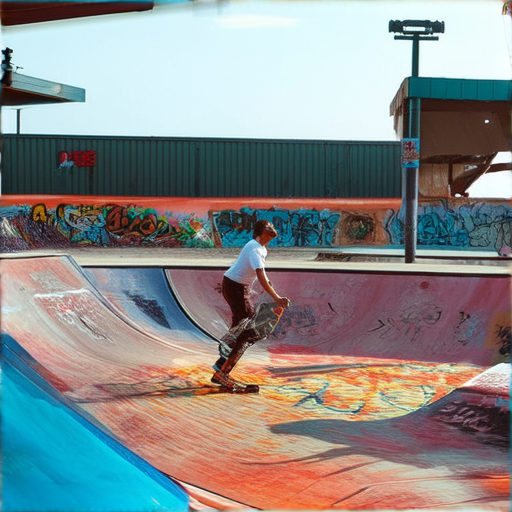
Is Skateboarding Hard to Learn as an Adult?
While it’s true that kids often pick up skateboarding quickly due to their flexibility and coordination, many adults have successfully learned to skateboard with dedication and practice.
- Age is Not a Barrier
- Skateboarding requires balance, coordination, and patience, which can be developed at any age.
- Adults may need to adjust their learning style and pace, but with persistence, they can master various skateboarding skills.
Key Factors to Consider
- Physical Fitness: Adults may need to work on their overall fitness level before attempting to skateboard, focusing on exercises that improve balance, strength, and flexibility.
- Mental Preparation: Learning to skateboard can be intimidating, so it’s essential to set realistic goals, stay motivated, and celebrate small victories along the way.
- Equipment Selection: Choosing the right skateboard, safety gear, and clothing can significantly impact the learning process and overall comfort.
- Practice Environment: Finding a safe and suitable location to practice, such as a skate park or empty parking lot, can help build confidence and reduce the risk of injury.
Tips for Adult Learners
- Start with Basics**: Master fundamental skills like balancing, pushing, and turning before moving on to more advanced tricks.
- Break Tricks Down**: Divide complex maneuvers into smaller parts and practice each component until comfortable.
- Focus on Form**: Emphasize proper technique and body positioning to develop muscle memory and prevent injuries.
- Seek Guidance**: Consider taking lessons from a qualified instructor or joining a skateboarding community to receive feedback and support.
With patience, persistence, and the right mindset, adults can overcome the initial challenges and enjoy the numerous benefits of skateboarding, including improved physical fitness, mental well-being, and social connections.
Mastering Skateboarding Basics Before Watching Videos: Essential Skills for Beginners
This title incorporates the keyword skateboarding videos for beginners naturally, highlights the importance of mastering basic skills, and invites readers to learn more about the essential techniques required to progress in skateboarding.
By emphasizing the need to establish a solid foundation before diving into video tutorials, this title aims to resonate with beginner skaters seeking guidance and improvement.
The Importance of Mastering Fundamental Skateboarding Skills
- Balance: Learning to balance on a skateboard is crucial for beginners. It involves developing the ability to adjust body weight, shift stance, and maintain equilibrium while moving.
- Pushing: Pushing is an essential skill for beginners, allowing them to move around and gain momentum. It requires coordination between the feet, legs, and upper body.
- Turning: Turning is a fundamental technique that enables skaters to change direction and navigate obstacles. It involves shifting weight, applying pressure, and adjusting speed.
Additional Techniques to Master
- Stopping: Knowing how to stop safely and effectively is vital for beginners. There are several methods, including tail slides, nose slides, and foot braking.
- Shifting Stance: Shifting stance allows skaters to adapt to different terrain, obstacles, and situations. It involves adjusting foot position, weight distribution, and body alignment.
- Pop and Ollie: Pop and ollie are fundamental movements that enable skaters to jump and transition between surfaces. They require coordination, timing, and explosive power.
Why Mastering Basic Skills Matters
Mastery of basic skills provides a solid foundation for progression in skateboarding. It builds confidence, improves technique, and enhances overall skating ability. By focusing on fundamentals, beginners can develop a strong base that enables them to tackle more advanced techniques and tricks.
Resources for Learning and Improvement
- Skateboarding.org: A comprehensive online resource offering tutorials, guides, and advice for skaters of all levels.
- Kickflip Boards: A community-driven platform providing information on skateboarding techniques, gear recommendations, and the latest trends in skate culture.
- Thrasher Magazine: A leading publication covering skateboarding news, events, and culture.
Conclusion
In conclusion, mastering fundamental skateboarding skills is essential for beginners looking to progress in the sport. By focusing on balance, pushing, turning, stopping, shifting stance, pop, and ollie, skaters can develop a strong foundation that enables them to tackle more advanced techniques and tricks. With the right resources and dedication, anyone can improve their skills and become a confident, skilled skateboarder.
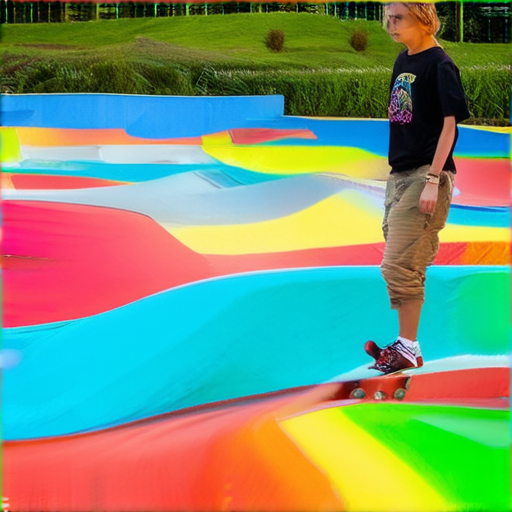
Top 10 Essential Skateboarding Videos for Beginners
I’m excited to share my favorite skateboarding videos for beginners, which cover fundamental skills and techniques to help you master the basics and ride like a pro.
- The Basics of Balancing
- How to Balance on a Skateboard by Skateboarding 101
- Skateboarding Balance Tips by Tony Hawk
- Learning to Push
- How to Push Off with One Foot by Skateboarding 101
- Pushing Techniques for Beginners by Tony Hawk
- Understanding Basic Tricks
- Basic Trick Tutorial by Skateboarding 101
- Kickflip Tutorial for Beginners by Tony Hawk
- Advanced Techniques and Tricks
- Manual Tutorial for Beginners by Tony Hawk
- Grind Tutorial for Intermediate Skaters by Skateboarding 101
- Skatepark Etiquette and Safety
- Skatepark Etiquette for Beginners by Skateboarding 101
- Safety Tips for Skaters by Tony Hawk
Start by watching videos that teach you how to balance on a skateboard. This includes understanding how to position your feet, shift your weight, and stay stable. Some great resources include:
Once you’ve mastered balancing, it’s time to learn how to push off with one foot. This involves understanding how to apply pressure, use your legs, and maintain control. Check out these videos:
Now that you’ve learned how to balance and push, it’s time to start learning basic tricks. These include ollies, kickflips, and pop shove-its. Watch these videos to get started:
As you progress, you’ll want to learn more advanced techniques and tricks. These include manuals, grinds, and slides. Check out these videos for inspiration:
Finally, remember to always follow skatepark etiquette and safety guidelines. This includes respecting other skaters, wearing protective gear, and knowing basic first aid. Watch these videos for tips:
Remember, practice makes perfect! Start with short sessions and gradually increase your time as you become more comfortable. Don’t be afraid to try new things and take risks – it’s all part of the learning process. Happy skating!
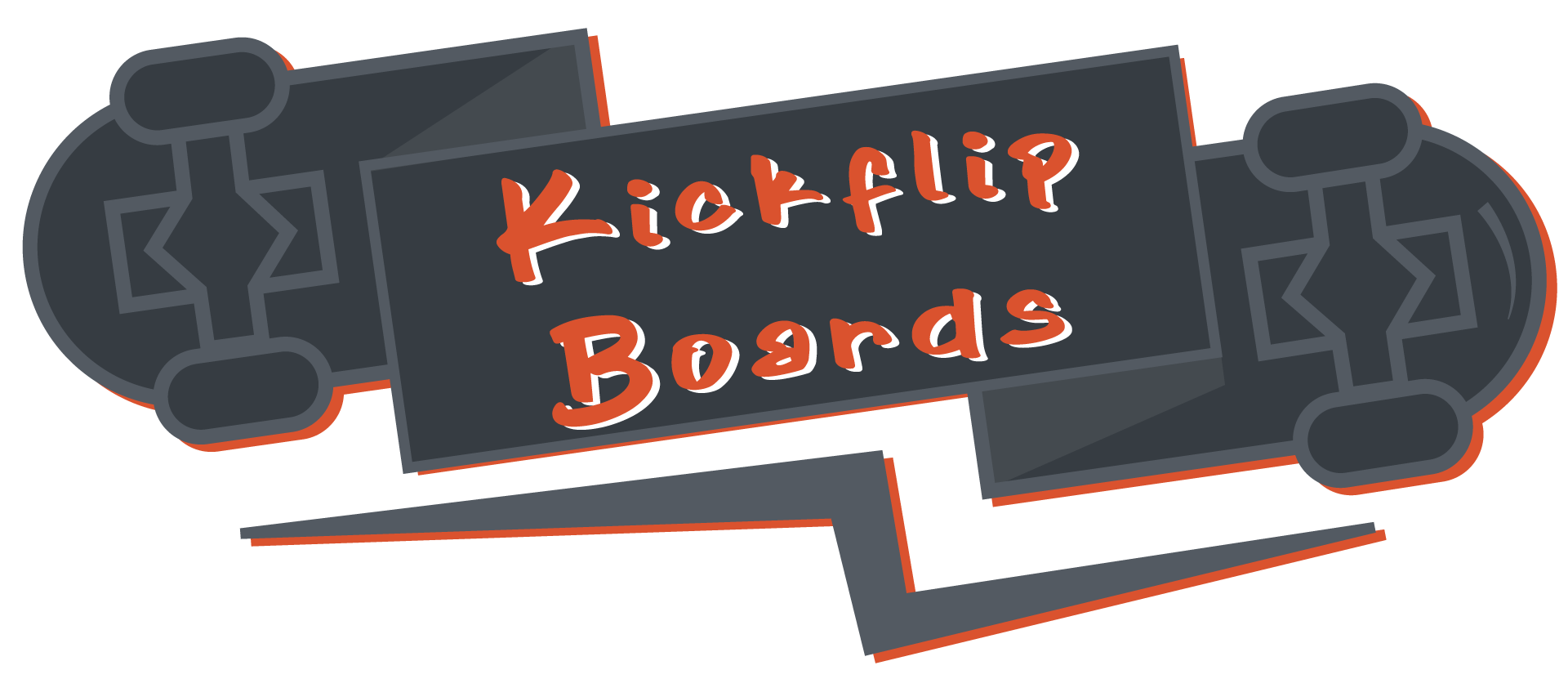
0 Comments